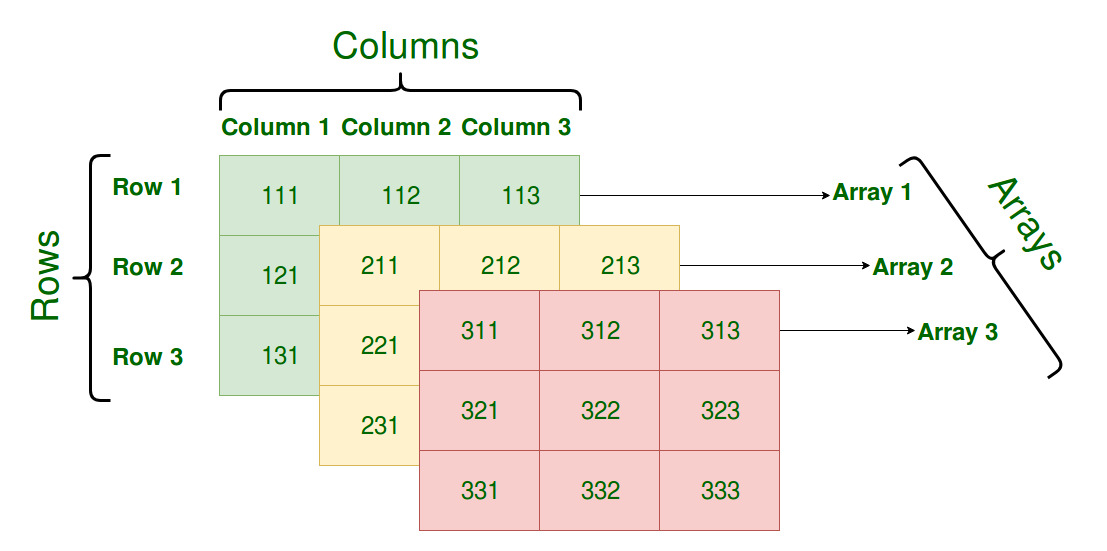

Once the land is transferred to the fill location, the filled earth is compacted with a roll-style or plate compactor. Bulldozers and excavators remove land from cut locations and transfer it to dump trucks, which carry it to fill locations.

This process is usually accomplished with earthmoving equipment. When railways, roads or canals are dug out, the cut material is pushed to fill out nearby hills and embankments. Fill: Earth that is brought into an area is considered “fill” or embankment earth.Cut: Earth that is removed from an area is considered “cut” or excavated earth.It’s a process where excavators move and place volumes of material to create optimal terrain for a road, railway or canal. So what exactly does cut to fill mean? Cut and fill excavation is also known as excavation and embankment. To avoid such problems, project planners use detailed and intelligent cut and fill maps, providing exhaustive plans to help guide excavation teams to the most efficient use of mass and labor.

While common, it can be an exhaustive process - moving earth takes a great deal of labor, and mistakes can lead to costly rework. The goal of cut and fill is ultimately to conserve energy and maximize the use of existing materials to avoid bringing in or shipping out dirt mass. Cut and fill is a common process where the movement of the earth is handled in a logical manner. This addition and removal of mass is called cut and fill in the excavation industry. The processes involved with building roads, railways and canals often involve adding or removing large masses of dirt and stone.


 0 kommentar(er)
0 kommentar(er)
